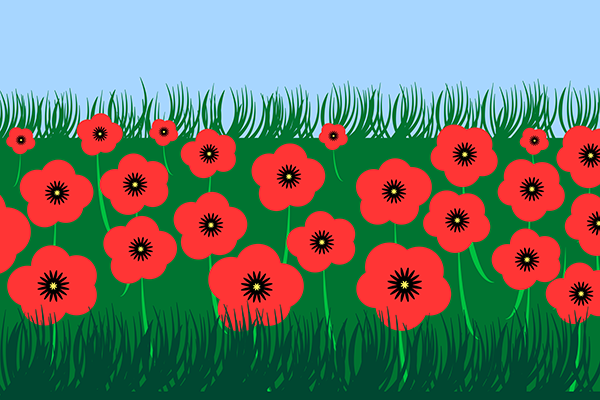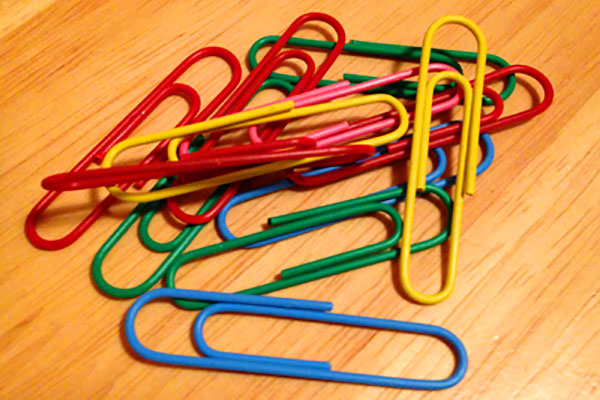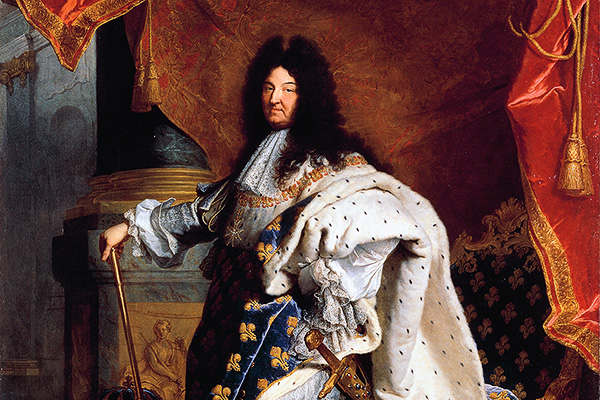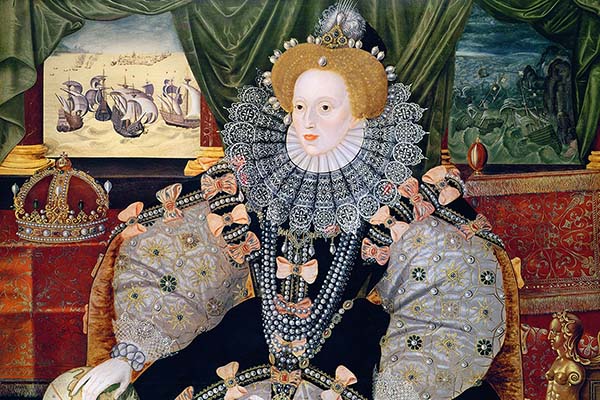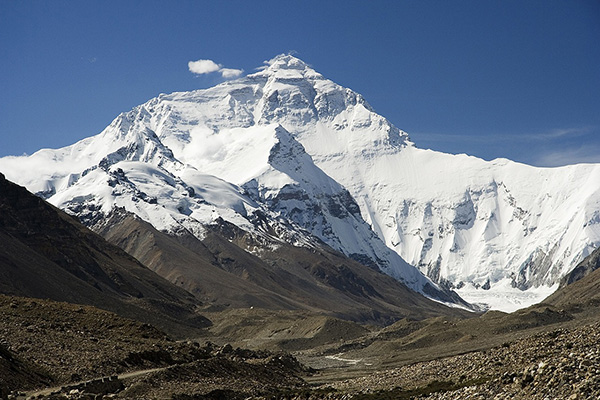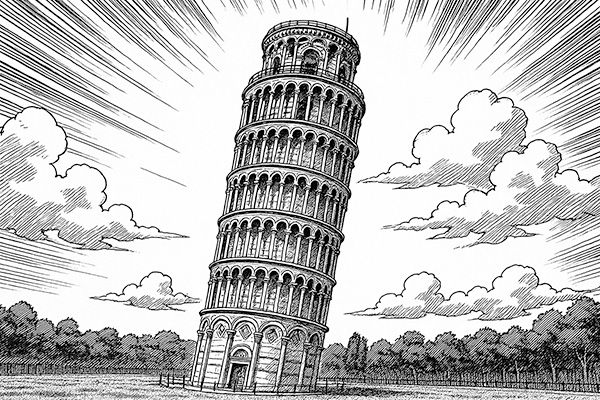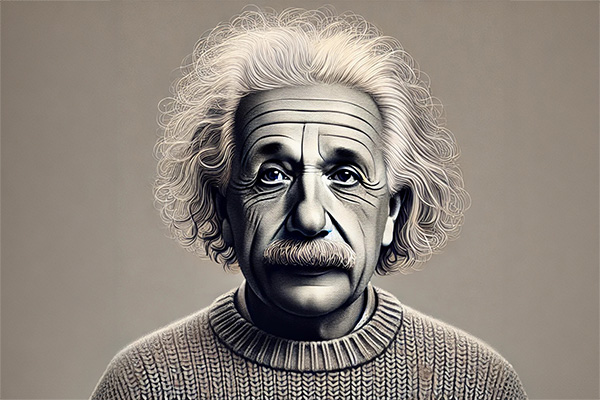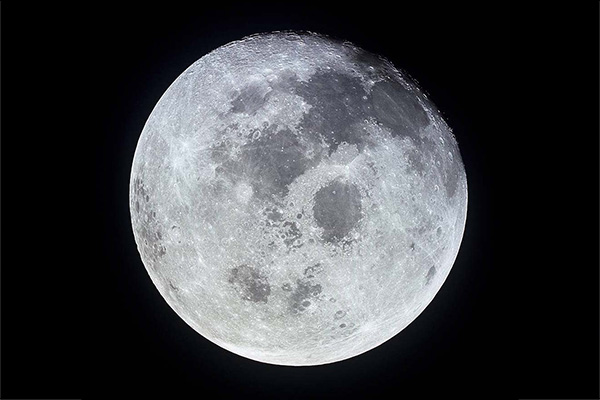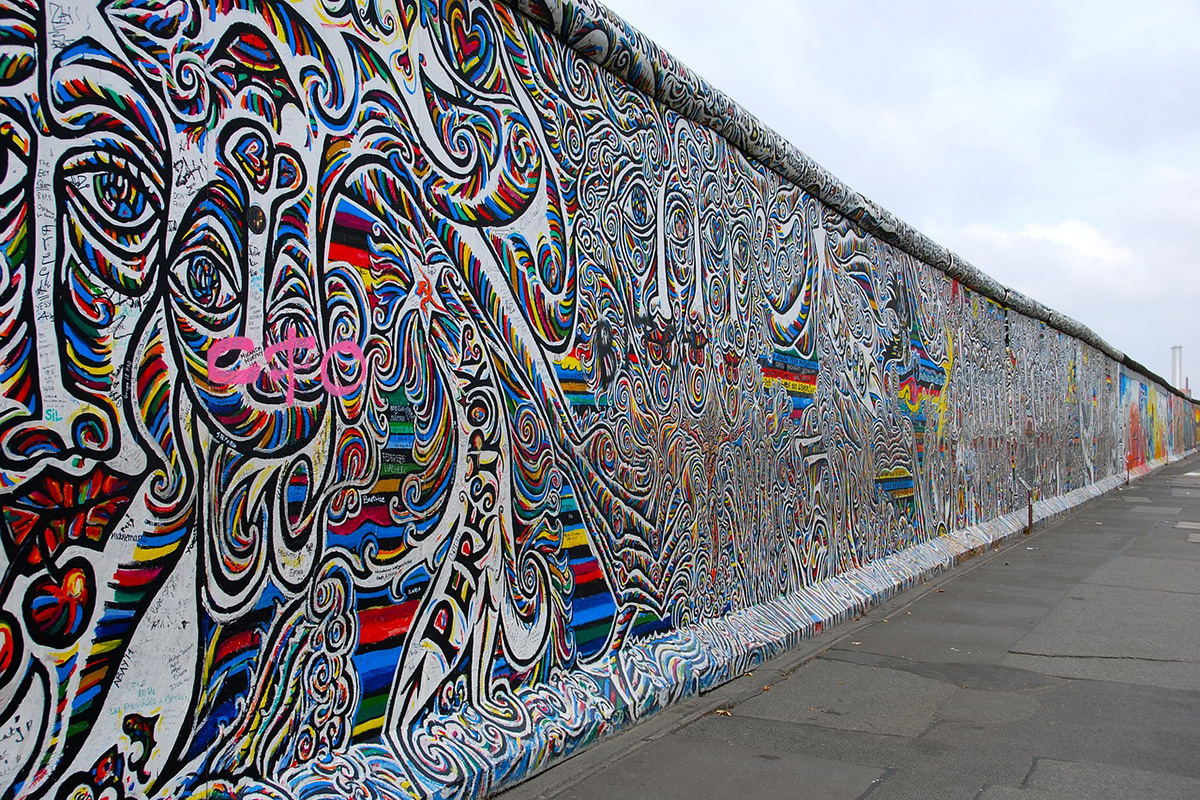
Construction of the Berlin Wall began on August 13, 1961, to separate the zones of Berlin controlled by France, Britain, and America from the Soviet-controlled zone.
After World War II, Germany was divided into four occupation zones, with the Western zones becoming West Germany (Federal Republic of Germany) and the Soviet-controlled zone becoming East Germany (German Democratic Republic). Although Berlin was located in East Germany, it too was divided into four zones, with the West controlled by the Allies and the East by the Soviet Union.
Relations between the U.S. and the Soviet Union deteriorated during the Cold War, and the Berlin Wall became a symbol of this hostility, a physical representation of the Iron Curtain.
The Berlin Wall was constructed as a way of preventing East Germans from entering West Germany. It was not so much a boundary for West Germans wanting to enter the East, who were able to do so by obtaining a permit several weeks in advance. It didn't face much opposition by the western powers as its construction confirmed that the Soviet Union were not planning to take over West Berlin.
The Wall revealed the oppressive nature of the East German regime, which controlled its citizens' movements and authorized shooting those who tried to escape. The fact that the West side of the Wall was covered in graffiti while the East side remained blank also symbolized the difference between freedom of expression in the West and suppression in the East. The Wall became a global symbol of tyranny, damaging the Soviet Union and East Germany's reputation.
Official figures show that at least 136 people were killed attempting to cross the Berlin Wall. East Germans who tried to flee were labeled traitors, and border guards were instructed to shoot them if they attempted to cross, though not to kill.
The Berlin Wall stretched approximately 96 miles (155 kilometers), with 27 miles (43 kilometers) cutting through Berlin itself. While most of the Wall was demolished after 1989, sections remain as historical landmarks. The East Side Gallery, a preserved part of the Wall, is now an open-air gallery with artwork on its formerly blank East side.
Despite the Wall, checkpoints allowed restricted travel between East and West Berlin with permits. The most famous was Checkpoint Charlie, separating the American and Soviet zones. Its guardhouse was moved to the Allied Museum in 1990, and the last remaining watchtower was demolished in 2000.
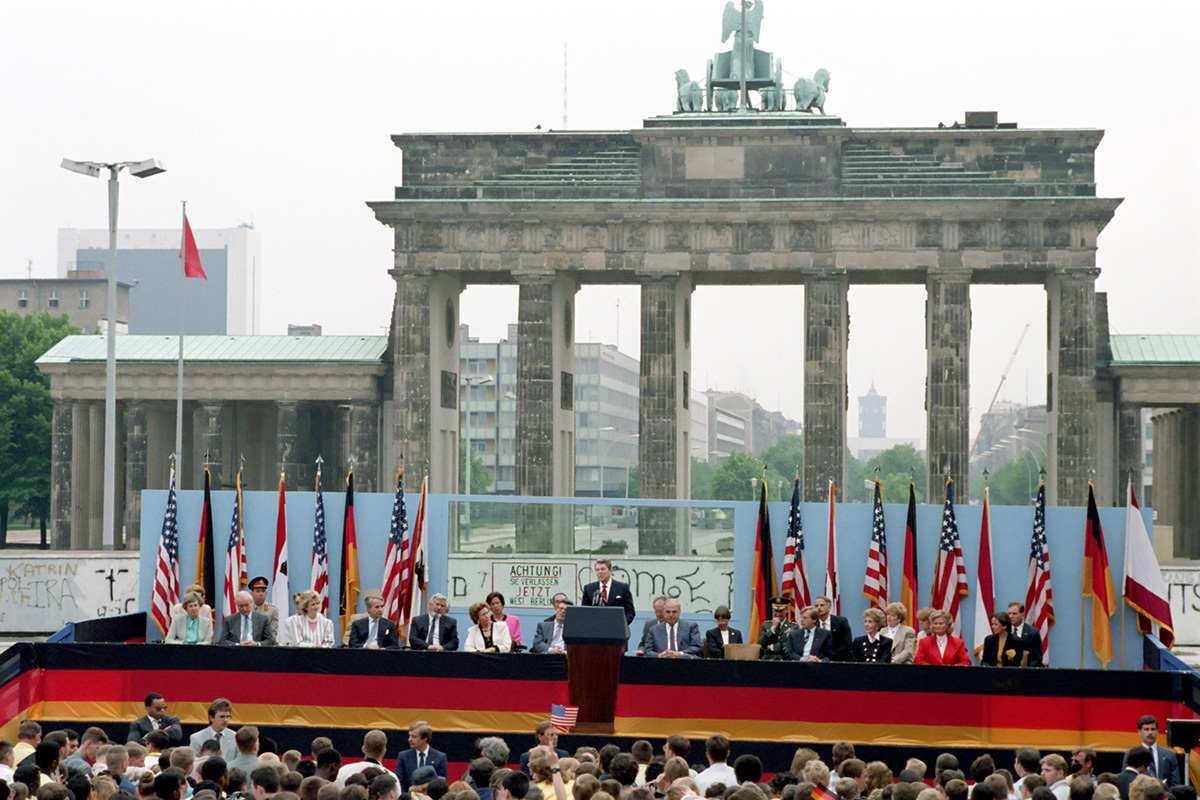
The Berlin Wall is recognised as having fallen on November 9, 1989, but its official demolition didn’t start until June 13, 1990. Germans chipped away parts of the Wall as souvenirs, earning the nickname “wall woodpeckers” (Mauerspechte). Border controls were fully removed by July 1, 1990, and Germany reunified on October 3, 1990.
After the Wall’s construction, most trains operated only on their respective sides. However, some West Berlin lines passed through “Ghost Stations” in East Berlin, where trains didn’t stop, and the stations were dimly lit and heavily guarded. These stations reopened after the Wall fell, preserved as they were in 1961.
David Hasselhoff, famous as Michael Knight in Knight Rider and Mitch Buchannon in Baywatch was a major star in Germany. He performed his hit “Looking for Freedom” while standing on the Berlin Wall in 1989. The song became symbolic of the desire for freedom and unity during that historic time.
West Berliners used the Berlin Wall as an ideal way of getting rid of rubbish. If they had anything that needed throwing away, they threw it over the wall. After all, it wasn't as if they would be made to go over it to fetch it back.

